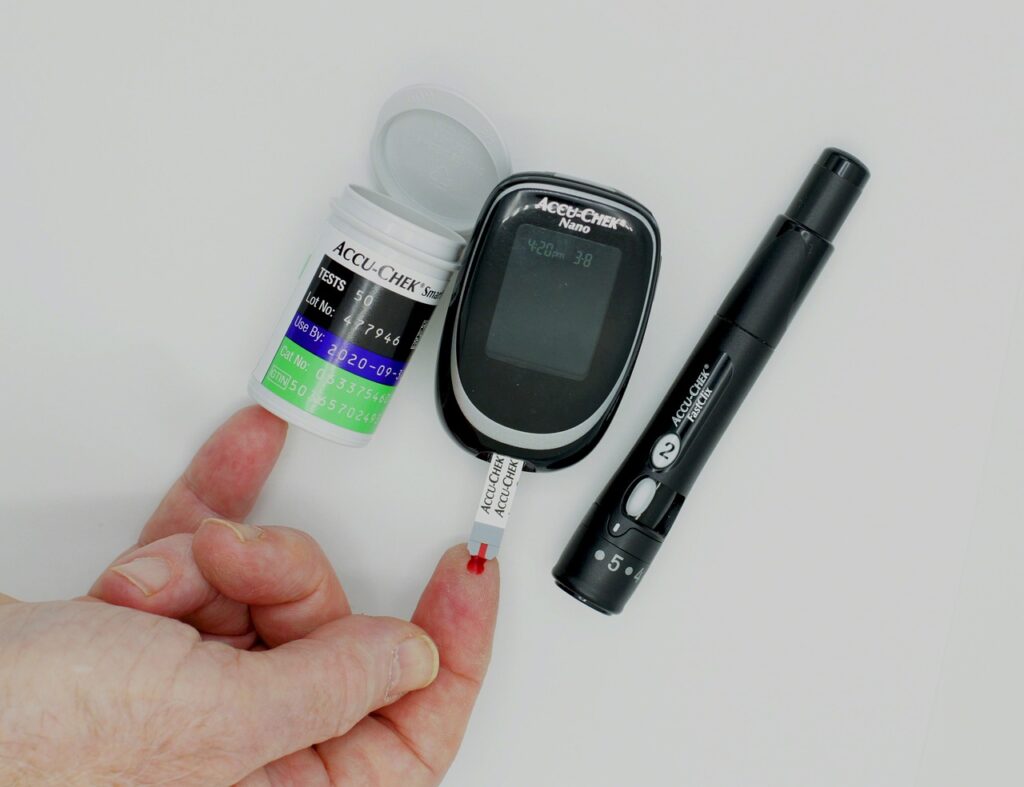Diabetes-way to release
Diabetes is a prevalent health issue that can impact individuals across all age groups. It comes in various forms, with Type 2 being the most prevalent. Employing a combination of medical approaches can support you in maintaining a healthy lifestyle and effectively handling the intricacies, allowing you to navigate the challenges linked to IDDM.
Why Does IDDM Occur?
IDDM occurs when there is an excess of glucose circulating in your blood, particularly due to various types of the condition. However, the specific type of IDDM depends on the level of glucose in your blood.
The causes of Diabetes include:
Insulin Resistance: Type 2 diabetes primarily results from insulin resistance. When your muscles, fat, and liver cells don’t respond well to insulin, resistance builds up. Factors such as obesity, lack of physical activity, dietary habits, hormonal imbalances, genetics, and certain medications contribute to insulin resistance in varying degrees.
Autoimmune Diseases: Type 1 diabetes and LADA occur when your immune system attacks the insulin-producing cells in your pancreas.
Hormonal Imbalances: During pregnancy, the placental hormones interfere with insulin, leading to gestational dm. If you can’t use enough insulin due to this problem, you can develop serious diseases like gestational diabetes. Other hormone-related conditions like acromegaly and Cushing’s syndrome can also lead to Type 2 dm.
Pancreatic Damage: Physical damage to your pancreas, whether due to a condition, surgery, or injury, can impact its ability to produce insulin, resulting in Type 3c IDDM.
Genetic Mutations: Some genetic mutations, such as MODY (Maturity-Onset Diabetes of the Young) and neonatal IDDM, can contribute to the development of diabetes.
Certain long-term use of medications, such as HIV/AIDS drugs and corticosteroids, can also lead to Type 2 IDDM.
Understanding the underlying causes of IDDM is crucial for effective management and prevention. If you have concerns about IDDM or its risk factors, it’s essential to consult with a healthcare professional. Taking proactive steps toward a healthy lifestyle, including regular physical activity and a balanced diet, can play a significant role in IDDM prevention and management.”
Additional Details About Signs of Different Types of Diabetes:
Type 1 IDDM: Symptoms of T1D can develop rapidly, within a few weeks or months. You may experience additional symptoms indicative of a severe complication called Diabetic Ketoacidosis (DKA). DKA is a life-threatening condition requiring immediate medical attention. Symptoms of DKA include vomiting, abdominal pain, fruity-smelling breath, and rapid, shallow breathing.
Type 2 IDDM and Prediabetes: You might not experience any noticeable symptoms, or they may develop gradually, making them easy to miss. Regular monitoring of blood glucose levels, especially high fasting blood sugar, can help identify potential concerns. Another possible sign of prediabetes is a condition called Acanthosis Nigricans, where certain areas of your skin may darken.
Gestational IDDM: Symptoms of gestational IDDM are usually not apparent. Healthcare providers typically screen for gestational IDDM between weeks 24 and 28 of pregnancy.
It’s important to pay attention to any unusual signs or symptoms and consult with your healthcare provider if you have concerns about IDDM. Early detection and proper management are key to maintaining good health. If you’re pregnant, regular prenatal check-ups include screenings for gestational IDDM to ensure a healthy pregnancy.”
Treatment for IDDM requires a multimodal strategy that includes medication, lifestyle modifications, and continued support. The secret to properly managing IDDM, whether you have Type 1, Type 2, or gestational IDDM, is knowing the various medication options that are available.
Lifestyle Changes: The Cornerstone of DM Care
A Well-Balanced Diet to Manage Blood Sugar:
Putting together a diet high in nutritious grains, vegetables, lean meats, and complete foods. Putting a focus on calorie restriction and portion management. Working with a nutritionist to develop a customized eating schedule.
An Important Aspect of IDDM Care: Exercise:
Including frequent exercise to increase sensitivity to insulin.
adjusting workout programs based on personal preferences and medical needs.
investigating a range of exercises, such as yoga, weight training, and swimming in addition to walking.
“Transforming IDDM Care: Introducing Cutting-Edge Strategies and Technologies for Peak Health”
Cutting-Edge Strategies and Technologies for IDDM Management: Discovering how Continuous Glucose Monitoring (CGM) devices play a crucial role in managing blood sugar levels in real-time. Exploring the potential of innovative medications like SGLT-2 Inhibitors and Alpha-glucosidase Inhibitors. Looking ahead to the future of IDDM treatment, including breakthroughs in research and ongoing clinical trials.
Monitoring and Support for Optimal Health: Highlighting the importance of regular blood sugar monitoring and its pivotal role in adjusting treatment plans. Promoting open communication with healthcare providers and active involvement in treatment decisions.
In Conclusion: Embarking on the journey to IDDM wellness is a collaborative effort. Embrace a holistic approach that incorporates lifestyle adjustments, effective medication management, and continuous learning. Individuals with IDDM can not only manage their condition but thrive by partnering with their healthcare team—a reliable ally offering guidance, support, and personalized care at every step of the way.
if you lurn more about visit the website
